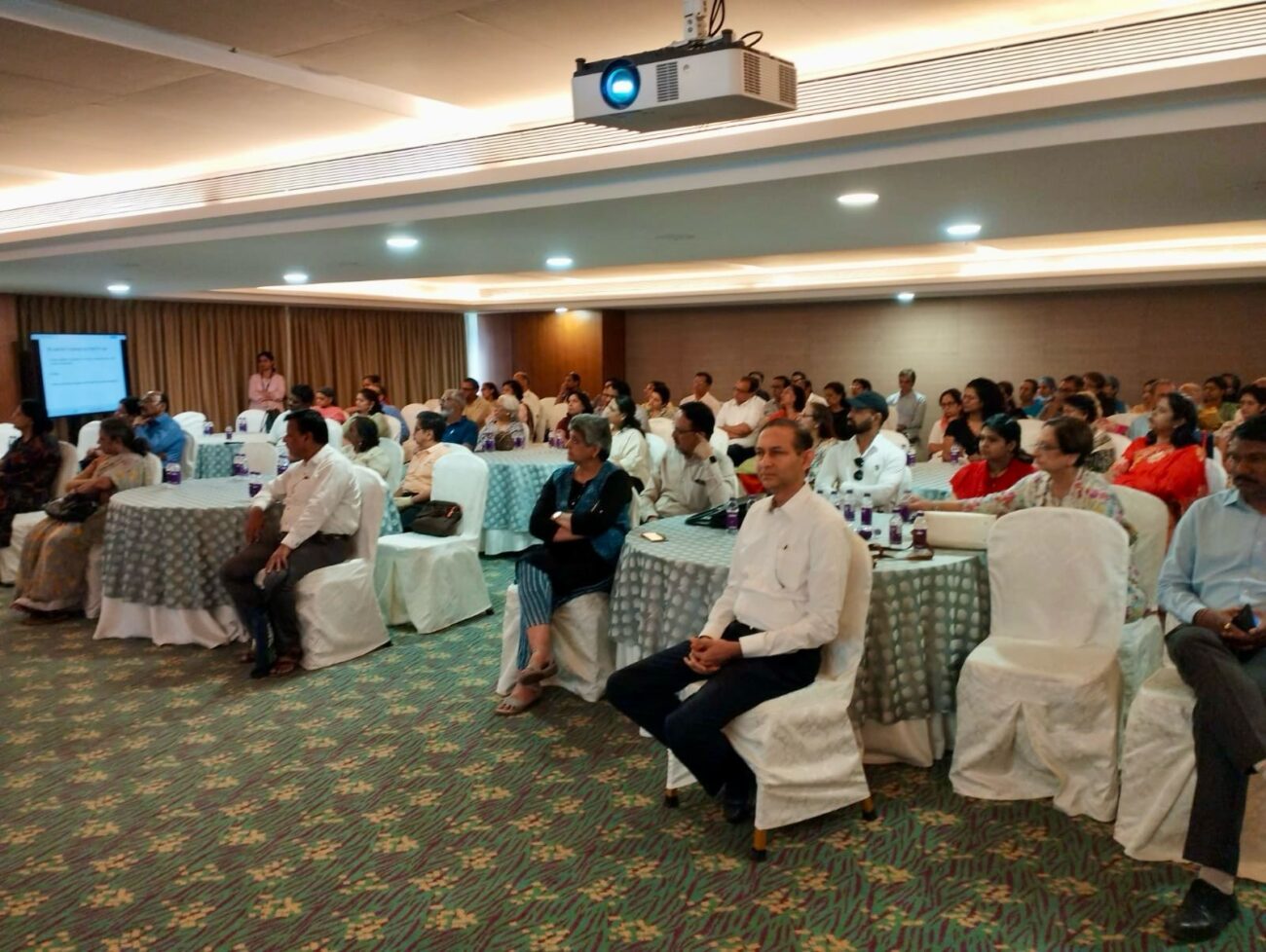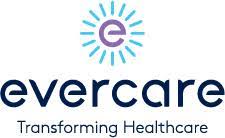Importance of Critical Care- new trends, how awareness and education will help make a difference
Intensive care medicine, also referred as 'critical care medicine' is a speciality concerned with management of critically ill patients who are at-risk, or have developed potentially life threatening failure of any of the body organ
Intensive care medicine, also referred as ‘critical care medicine’ is a speciality concerned with management of critically ill patients who are at-risk, or have developed potentially life threatening failure of any of the body organ systems. It is a speciality involving holistic care of all aspects of critically ill patients. This includes diagnosis, monitoring, treatment and organ support for acute illness, patient safety, end of life care, ethics and the support of families. While other specialities have a predefined role of managing a single organ, in intensive care medicine, the entire spectrum of medical and surgical pathologies are managed. It is a lifesaving and dynamic branch with the responsibility of managing the sickest of patients in hospital. An intensivist is able to provide advanced organ support during critical illness and co-ordinates with other specialities for the care of ICU patient.
Till about two decades ago, there was a scarcity of a structured training program in ICU management. But there are now formal recognised courses in our country in the field of intensive care medicine like FNB (Critical care Medicine) by National board of examinations, IDCCM and IFCCM courses run by the Indian society of critical care medicine (ISCCM). MCI has recognised critical care medicine as a superspeciality.
Of late awareness about critical care and intensive care facilities has come into focus. There is increased understanding among general public about the difference in care between an ICU and ward patient. Recently several TV channels had shown several ICUs in big cities with no MBBS doctors. Now the authorities have made it mandatory to have qualified and ICU trained doctors to work in ICU. This should be ensured at all times.
A well-equipped ICU is able to provide facilities i.e. respiratory support, renal replacement therapy (kidney support), radiologic bedside investigations, echocardiography, ECMO therapy, IABP (for support to the heart) to name a few. Also, in-house microbiological (infection) and several radiological investigations facilities are a must. Because of the very nature of high tech, high intensity work involved, the care in ICU thus comes at a substantial cost. To be able to deliver optimal care lot of equipments, and manpower like intensivists, nurses, technicians, physiotherapists, dieticians, occupational therapists are required.
There are scant data on the organisational aspects, case mix and practice patterns in India. A closed ICU is defined as one in which final orders for the patient were written by the ICU team; an open ICU defined as one in which care of the patient was directed by non-ICU doctor teams, and orders could be written by non-ICU team doctors. The most common ICU is however an open ICU with mandatory critical care consultation, with shared responsibility of ICU and non- ICU teams.
As Comparative data with the west is lacking about critical care facilities no conclusion can be drawn, but it is understood that with rising number of private sector hospitals and upgrading govt hospitals the focus has been on providing better critical care services. This is both in terms of number of beds, ICU armamentarium and services. Upgrading ambulance services – both road and air ambulance has further pushed the need of ICU beds in super specialty centres. Upto 15-20% of the beds are being dedicated to Intensive care in recent times.
The need for ICU care is being emphasized for advanced monitoring as it contributes to – pre emotive / timely diagnosis and management that provides medicolegal safety.
In the Indian context the major challenge is providing adequately trained nursing staff and paramedics. As the nursing turnover is high due to several reasons, going abroad being foremost – a fresh look at developing a staff retention policy is needed. Technicians (dialysis/radiology) physiotherapists dieticians, occupational therapists are not readily available at all centres. Telemedicine is an important modality in these times. Several satellite ICUs can be linked and expert opinion can be sought in real time. There are no head to head trials demonstrating a direct benefit of eICUs but it is presumed that remote expert opinion and supervision would translate into benefit of the critically ill in these ICUs but cannot be compared with closed ICUs.
A hospital information system with electronic record keeping is not available universally but hospitals are realizing the importance of digital records / data and imaging. This enables bed side viewing of results, prescriptions, safety alerts apart from faster data transfer and safe record keeping. In future the advances in the field of genomics and metabolomics will give us better understanding of the disease process and hopefully a treatment modality that will be individually tailored to the patient.
Conclusion
Critical care medicine is an important part of healthcare system in the developed world and is one of the fastest growing medical fields especially in terms of patient numbers. It is now slowly being felt and recognized in developing countries where a major challenge is to ensure adequate infrastructure, training, equipments and funding for these newer members of the critical care arena.
**Authored by Dr. Yatin Mehta, Chairman Institute of Critical Care and Anaesthesiology, Medanta – The Medicity





